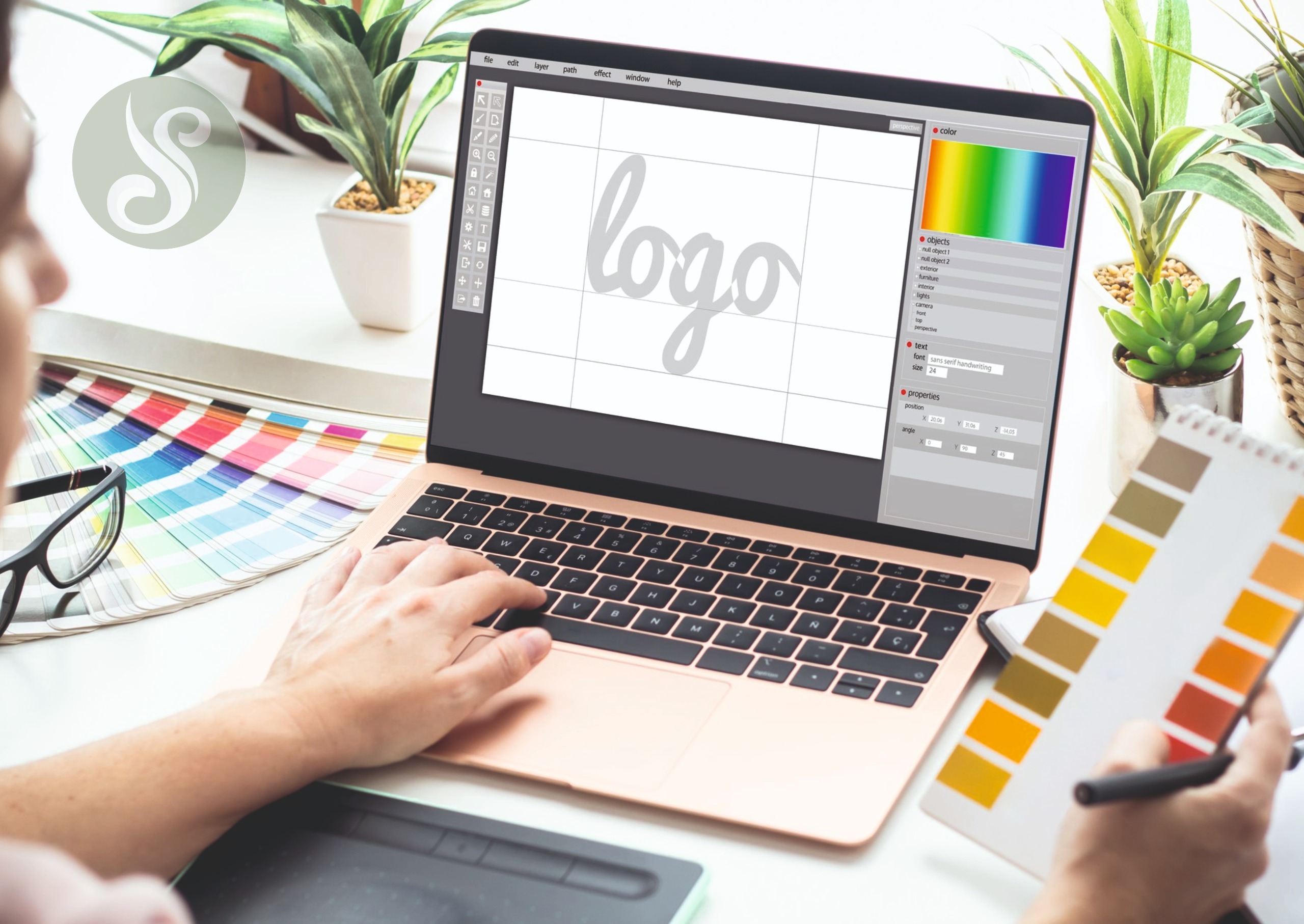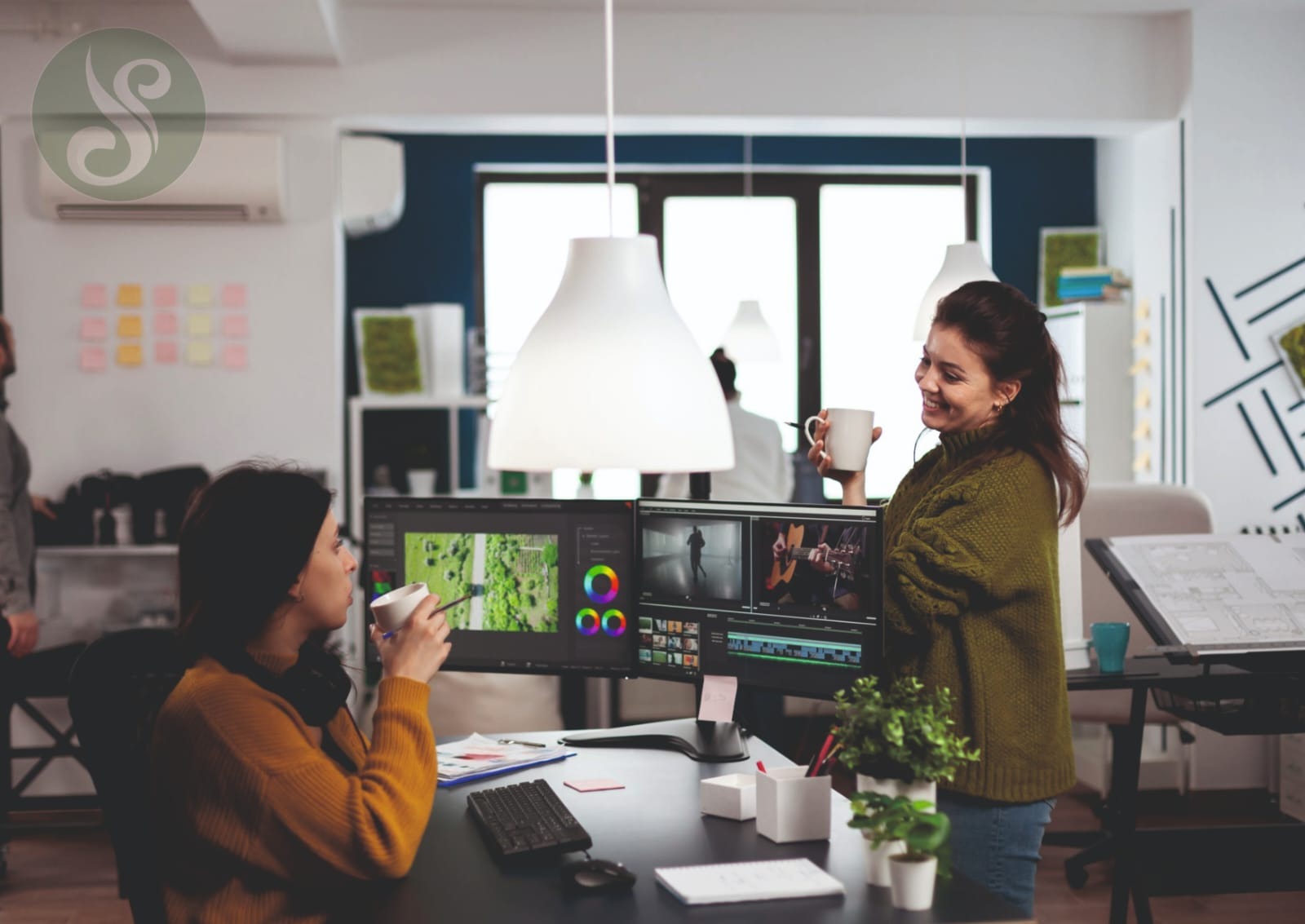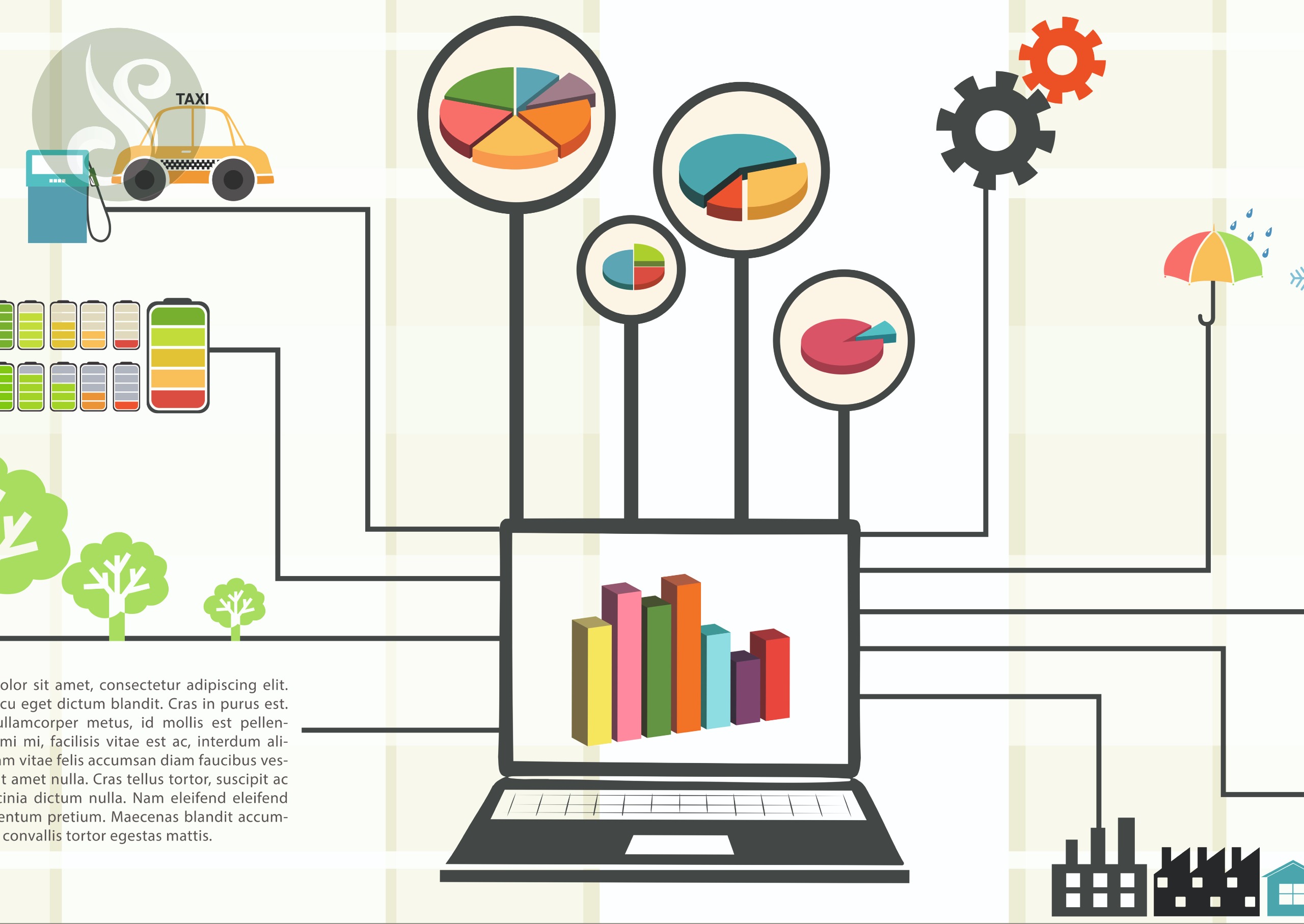How to Choose the Right Palette for Your Brand
Introduction: More Than Just Aesthetic—Why Color in Logos Matters
When you think of brands like Coca-Cola, Facebook, or Starbucks, chances are the first image that flashes in your mind isn't just the logo shape—it's the color.
Red, blue, green—these aren’t just design choices; they’re psychological triggers that evoke emotion, memory, and brand association.
In the competitive world of branding, color is not decoration—it’s strategy.
At Suchi Design, we help brands not just look good but feel right. That begins with understanding the psychology of color. This blog explores why your brand’s color palette matters, how humans react to different shades, and how to make informed choices that drive brand loyalty and recognition.
Let’s dive into the science, strategy, and art of color in logo design.
The Power of Color in Branding
First Impressions Are Visual
Studies show that up to 90% of first impressions are influenced by color alone.
Your logo color sets the mood before your customer even reads your tagline or interacts with your product.
Color Influences Buying Behavior
Color triggers emotional and cognitive responses. For example:
· Red triggers urgency (used in sales tags)
· Blue builds trust (used in banks and tech firms)
· Green symbolizes nature and wellness
· Yellow grabs attention with optimism and energy
These reactions aren’t random—they’re psychologically hardwired associations.
The Psychology of Common Logo Colors
Here’s a deeper look at what each color communicates in branding and logo design:
|
Color |
Psychological Meaning |
Common Industry Use |
|
Red |
Energy, passion, urgency, action |
Food, retail, sports |
|
Blue |
Trust, security, calm, reliability |
Tech, finance, healthcare |
|
Yellow |
Optimism, warmth, clarity |
Food, entertainment, travel |
|
Green |
Growth, health, freshness |
Agriculture, eco-brands, wellness |
|
Orange |
Creativity, friendliness, excitement |
E-commerce, entertainment |
|
Purple |
Luxury, creativity, spirituality |
Beauty, luxury goods, education |
|
Black |
Sophistication, power, elegance |
Fashion, luxury, tech |
|
White |
Simplicity, cleanliness, purity |
Healthcare, tech, design |
|
Brown |
Stability, tradition, earthiness |
Organic, food, coffee brands |
|
Grey |
Neutrality, balance, professionalism |
Corporate, tech, legal |
Real-World Examples of Color Psychology in Logos
Red: Coca-Cola & Zomato
Both brands use red to evoke energy, appetite, and excitement. Red also triggers a sense of urgency, making it popular in retail and food industries.
Facebook & IBM
Blue creates a sense of trust and calm. That’s why tech giants and banks use it—to project reliability and security.
Green: Starbucks & Whole Foods
Green signals sustainability, nature, and well-being, which aligns with Starbucks' ethical sourcing and Whole Foods' organic focus.
Purple: Cadbury & Yahoo
Purple suggests creativity, richness, and imagination. Cadbury owns this color in chocolate branding, while Yahoo used it for its quirky, innovative identity.
Black: Nike & Chanel
Black represents luxury, power, and minimalism, making it a favorite in fashion and premium lifestyle brands.
How Color Affects Consumer Behavior
Emotional Triggers
Color can:
· Increase brand recognition by 80%
· Influence purchasing decisions instantly
· Build emotional connections before words or actions do
Gender & Cultural Preferences
Colors are perceived differently based on gender, culture, and context. For example:
· In Western cultures, white represents purity; in some Eastern cultures, it symbolizes mourning.
· Blue is generally liked by both men and women, while purple tends to skew toward female audiences in many markets.
The Science Behind Choosing the Right Logo Color
Know Your Brand Personality
Before picking colors, ask:
· Is your brand bold or subtle?
· Is your tone playful or professional?
· Are you targeting luxury markets or everyday consumers?
Your answers will guide your color strategy.
Understand Your Audience
Consider:
· Demographics: Age, gender, location
· Psychographics: Interests, lifestyle, values
· Emotional triggers: What makes your audience feel excited, safe, or inspired?
Competitive Analysis
Look at your competitors:
· Do most use blue? Maybe you can stand out with orange.
· Is the market flooded with red logos? Maybe a fresh green will differentiate your brand.
Color Combinations Matter
Rarely do logos use just one color. Successful brands balance:
· Primary color: The emotional driver
· Secondary color: Supportive mood tone
· Accent color: For highlights or calls to action
For example, McDonald’s uses red and yellow to trigger hunger and happiness, while Pepsi combines red, white, and blue to convey both energy and trust.
Mistakes to Avoid in Logo Color Selection
Ignoring Cultural Context
Colors mean different things worldwide. Always research the target market.
Overcomplicating the Palette
Too many colors dilute your brand. Stick to 2–3 main colors for logo identity.
Copying Competitors Blindly
Your logo should stand out, not blend in. Use competitor research as inspiration, not a template.
Forgetting About Versatility
Make sure your color choices work in:
· Black and white
· Greyscale
· On both light and dark backgrounds
· Print and digital formats
How Suchi Design Helps You Choose the Right Logo Colors
At Suchi Design, we don’t just create logos—we craft visual brand systems that connect with your audience.
Here’s how we approach color in logo design:
Brand Discovery Workshop
We start by understanding:
· Your brand story
· Your mission and values
· Your target customer’s psychology
Color Psychology Mapping
We guide you through the emotional spectrum of colors:
· What feels right for your brand personality
· How color affects market perception
· How to avoid common pitfalls in color choice
Palette Prototyping
We design color prototypes and test them in real-world contexts:
· Website mockups
· Social media previews
· Packaging samples
· Print materials
This ensures your logo colors look great everywhere your brand appears.
Emerging Trends in Logo Color Psychology (2025 & Beyond)
Digital-First Colors
Colors optimized for screens are becoming more popular, using high-contrast, vibrant shades that pop in digital spaces.
Minimalism and Neutrals
Many modern brands are choosing softer tones, pastels, and monochromes to express simplicity and elegance.
Purpose-Driven Palettes
Brands focused on sustainability or wellness are using earth tones, greens, and muted blues to signal authenticity.
Real-Life Case Study: Rebranding with Color
Client: A Wellness Startup
Challenge:
They initially used bright reds and oranges, but customer feedback suggested it felt too aggressive for a wellness brand.
Solution:
Suchi Design guided a rebrand using sage green, soft neutrals, and pastel blues to create a calm, trustworthy vibe.
Result:
Within 3 months, website engagement increased by 38%, and the brand saw a 20% growth in customer retention.
#suchidesign:
Color Is More Than Choice—It’s Communication
Choosing the right logo color isn’t just about looking good—it’s about communicating your brand’s soul at a glance.
At Suchi Design, we help startups, SMEs, and large enterprises create color systems that resonate with customers and build lasting emotional bonds.
Your color is your story. Let’s help you tell it right
Ready to design a logo that speaks before it’s even read?
Contact Suchi Design today.



